#camas quamash
Text
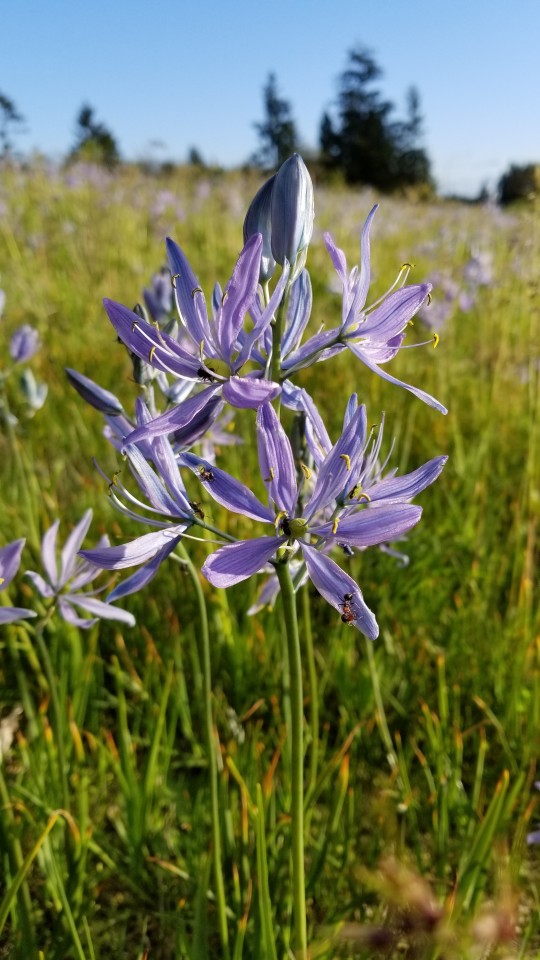
56 notes
·
View notes
Text
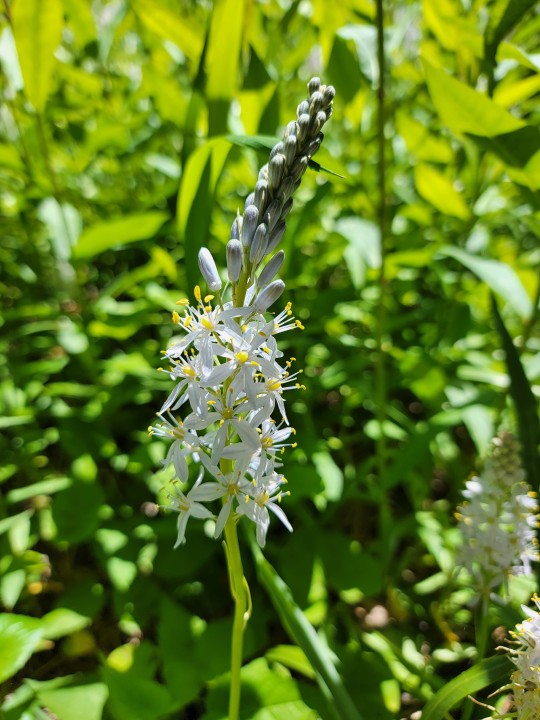
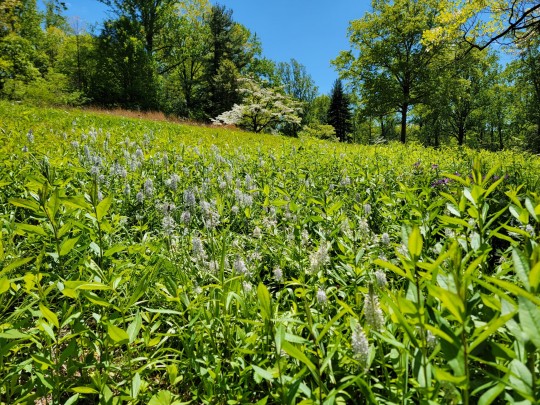
Eastern Camas - Camassia scilloides
Eastern Camas/Wild Hyacinth is a lesser known relative to the famous western species C. quamash. While this plant is native throughout the Midwest, especially around the Mississippi river, it is generally restricted to wet meadows, stream banks and the occasional open woodland with moist acidic rich soils.
The Eastern Camas is a perennial bulb forming member of the asparagecea family, unlike the Hyacinth which the common name derives this species only really propagates via seed. In terms of appearance the plant typically holds a single raceme (think stalk) that ends in 30-40 flowers. As for size of the plants scientific studies have found a noticeable morphology in appearance between where said seeds are sourced. Seeds collected from the Ozark populations tend to have taller individuals than those found in Illinois bottomlands, this study suggests that Camas populations found further south adapted without glaciation and inhabited a location for a much longer time period without physical change. What an interesting hypothesis!
Camas are well known for their edible bulb, the western 'common Camas' is famous for its ethnobotanical use amoung indigenous peoples, the Eastern Camas is no different. The Camas bulb is edible, when eaten raw it can be gummy but sweet, indigenous methods of preparation require a slow cook over 48 hours which render the bulb to a flavor reminiscent of chestnuts. Bulbs can also be dried and made into flour as well. I would never remove camas from their habitat personally: I enjoy their beauty, I'm not indigenous and have heard members of eastern tribal diaspora upset over the removal of their ancestors' foodway, and most importantly beginners often confuse this species with the death camas: Zigadenus venenosus.
So if you live around the Midwest, look for beautiful fields popping up around April-May, you may get a chance to see something wonderful.
#eastern camas#wet meadows#Camassia scilloides#plant profiles#native plants of the midwest#edible flora
12 notes
·
View notes
Text

Spanish bluebells (Hyacinthoides hispanica) are charming little plants native to the Iberian peninsula. They have been cultivated as a garden plant, and have naturalized in some areas, including the Pacific northwest, where many gardeners now consider them a pest. They're blooming like crazy right now, so I picked some as a decoration, but chose not to bring them inside because they are mildly toxic to cats and Ruth has eaten flowers before. If you live here and enjoy their blue & purple colors, consider planting common camas (Camassia quamash), pictured below), which is a beloved local plant and traditional food source. Greater camas (Camassia leichtlinii) is a larger alternative.

#first pic mine. second pic from Plantas nativa LLC#garden talk#pacific northwest#native plants#invasive plants
4 notes
·
View notes
Text

20230613 Mesa Falls area Idaho
White Mules Ear Wyethia Wyethia helianthoides
BLUE CAMAS Camassia quamash
0 notes
Text
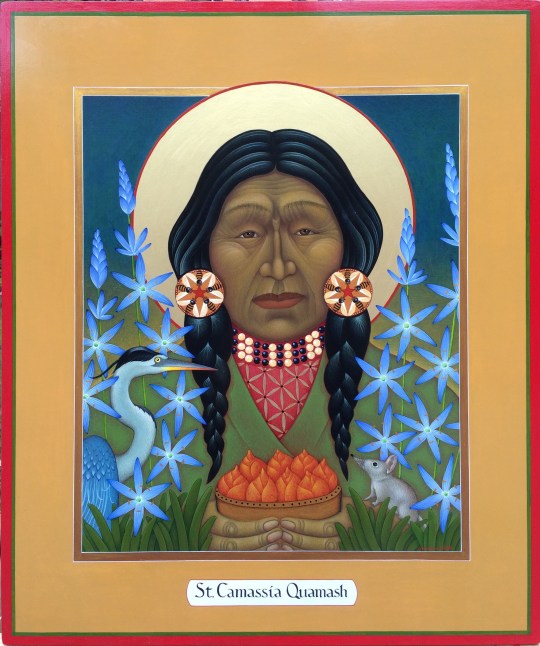
Olga Volchkova, St. Camas
22 notes
·
View notes
Text

Camassia quamash also known as Small Camas, is a native to western America flowering bulb in the same family as agave, asparagus, hosta and yucca and has edible tubers. For over a hundred years the trend has been to buy exotic plants for your yard because they're more beautiful or interesting. So untrue! Look at this thing! Its amazing.
The native Americans propagated these as an important food source and it has special value to native pollinators. It naturalizes just like muscari, which shares the same plant family.
The tubers are said to be similar to sweet potato but sweeter. You can roast them for eating, boil them to make a syrup or grind them to make flour that can be used for baking or as a thickener.
We wont be able to eat any for a few years while they're getting established and then I'm so excited to try a native tuber of this land!
#camassia #camas #quamash #tubers #potatoes #sweetpotato #nativeplants #natives #nativeamerican #indigenous #indigenousfood #food #pollinators #healthy #healthfood #growing #growyourown #garden #gardening #nativegarden
#camas#camassia#quamash#tubers#potato#sweet potato#native plants#native garden#natives#native american#indigenous#indigenous food#food#pollinators#health food#cleaneats#growing#growyourown#gardening#naturalfarming#permaculture#farmtotable#spring 2021#flowers#solarpunk#mother nature#nature#pollinatorfriendly
27 notes
·
View notes
Photo

“Camass” (Camassia quamash), Winifred G. Stewart, circa 1935
Watercolor and pencil on paper
To help support the preservation of our collection click here.
#pacific grove#monterey#museum#collection#botanical drawing#science illustration#camas#camassia quamash#winifred g stewart#watercolor#colored pencil
1 note
·
View note
Photo
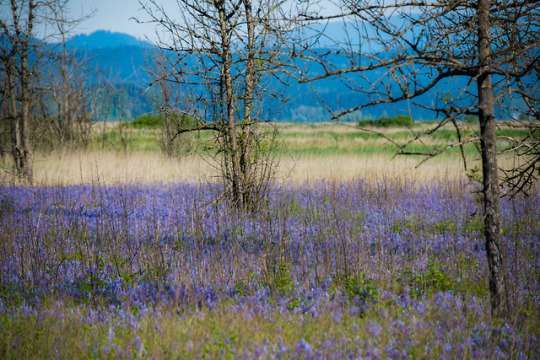
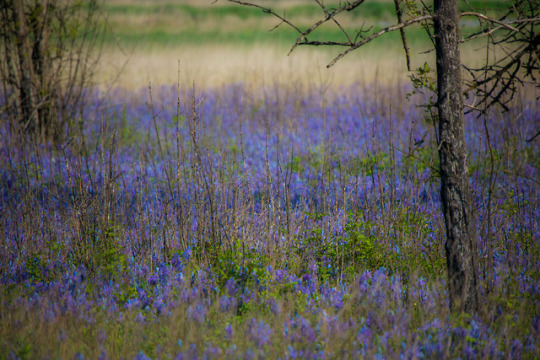
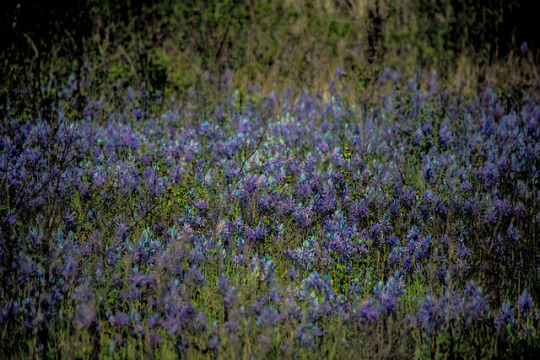
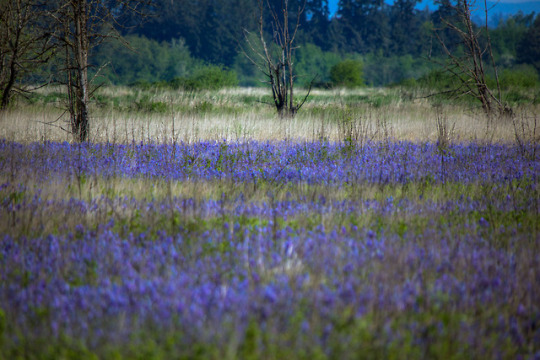
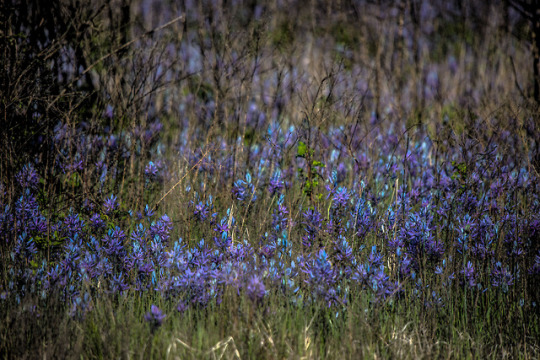
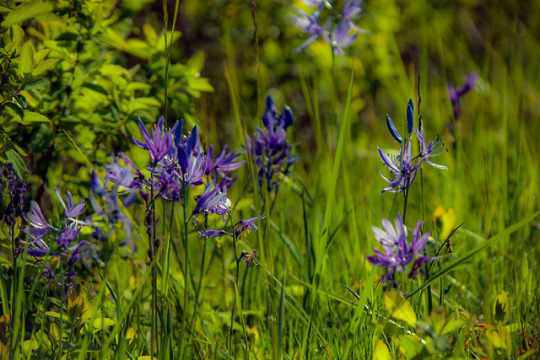

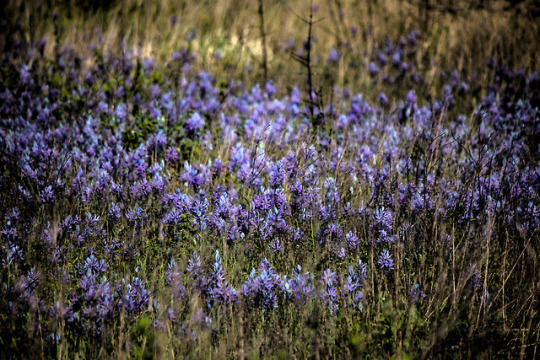
Camas (Camassia quamash) Spread Across an Oregon Wetlands
502 notes
·
View notes
Text
OREGON FRIENDS, PLEASE HELP SAVE NATIVE BIODIVERSITY! STOP THE BASALT QUARRY AT LIBERTY HILL!
There’s a really special place of great conservation importance located northwest of Portland, just north of the small town of St. Helens, and it’s gravely threatened by the expansion of a basalt quarry. Before I continue, I think I need to explain what makes this site special.
A lot of people living in western Oregon today are unaware of this, but the Willamette Valley was once dominated by oak savanna. The valley bottomlands were a complex mosaic of wetland types, including shrub swamps and sphagnum bogs, and any upland areas with well-drained soils were oak savanna; large expanses of prairie with scattered oaks. The moist, shady douglas-fir forests that Oregon is known for today were historically confined to the coast range and to the western slope of the cascade mountains. Furthermore, the oak savanna was maintained through a system of prescribed burning by the Kalapuya, the indigenous people who once called the Willamette Valley home. This system of prescribed burns prevented encroachment by douglas-fir; white “doug fir” trees lack fire resistance until are very old, the native oak species, Quercus garryana, is highly resistant to fire, even at a relatively young age. The herbaceous plants that require oak savanna also tend to be fire-resistant, and some of them could be considered pyrophytes; they require periodic fires in order to thrive. Several of them are also edible; the Kalapuya maintained the oak savannas primarily to harvest the edible bulbs of Camas species (Camassia quamash and Camassia leichtlinii), but also because they attracted deer and elk, which were important sources of protein.
After European settlers showed up in the early 1800s, the Kalapuya were decimated by disease. In the 1850s, the people who remained were forced into ceding their land to the United States and rounded up into reservations, where they were nearly lost to a well-coordinated attempt at ethnocide by the federal government.
At this point, their lands had been almost completely lost to white settlers, who began to suppress the prescribed fires long before the Kalapuya were marched away to reservations. Camas fields, which require wet soil in winter and spring (Camassia leichtlinii essentially requires seasonal wetland conditions), were ditched and drained, and the douglas-fir slowly but surely crept into the oaks. Later, once the value of douglas-fir as timber was fully realized, this trend was accelerated by deliberate planting of douglas-fir trees. Much later, in the 1900s, extensive urbanization began to eat away at what remained of native Oregon prairies and oak savanna.
Today, only about 5% of the original extent of oak savanna remains in Oregon. And most of that 5% is in need of restoration or has already lost the great majority of its native species. The very best remnant oak savanna I’ve personally seen still retained a number of plant species that I’d never seen before in person, but was suffering from invasive species brought in by a quarry that was started nearby. And that’s the unfortunate part; because some of the better remnant oak savanna occurs on basalt outcrops in the foothills of the coast range, it is also vulnerable to quarrying.
Which is where Liberty Hill comes in. Liberty Hill is a mosaic of camas meadows, oak woodland, and wetlands occurring on a large basalt outcrop overlooking the Columbia River. I have not visited Liberty Hill in person, but from the photos I have seen, it has somehow escaped the abuses of the last century and also retained its herbaceous plant species, including many species that have become extremely rare in the northern Willamette Valley. I have attached a link to the iNaturalist observations for vascular plants on Liberty Hill and the surrounding area so that other people can see what grows there.
Sadly, Liberty Hill is private land, owned by Weyerhauser. Weyerhauser has leased the land to Knife River, a building materials company that operates other basalt quarries in western Oregon. Predictably, Knife River has submitted a mining permit application to mine out a part of Liberty Hill. The details of how the quarry would affect Liberty Hill are available in the links below, but it would essentially be a lost cause if it were quarried. The hydrology would be changed drastically, causing wetlands to dry out sooner, and these types of operations typically result in the introduction of invasive species, clinging to heavy machinery as seeds hidden in dry mud carried between worksites.
The public comment period for the mining permit is ending TODAY, 3/3/21; if any of my followers on Tumblr could please consider sending an email comment, it would really help. If you have time, writing a unique comment is far more effective than copying the suggestions in the links below. If you don’t like the comment suggestions offered, here are some that I have thought of:
- Seasonal wetlands are important amphibian habitat for red-legged frogs and western toads
- Native pollinators require native plants; this is one of the last strongholds for some of these plants in northwestern Oregon
- Liberty Hill is a time capsule of what western Oregon once was; it is an important reference for restoring similar sites
Finally, your email comments must include the REFERENCE NUMBER FOR THE PERMIT APPLICATION and the commenters REAL NAME and ADDRESS
To make it easier, I have copied the correct email address and project name/reference number below, as well as a simple heading for you to include in the body of the email comment:
Email address: [email protected]
Email subject box: Public Comment For: Watters Quarry Expansion (NWP-2020-065)
Email text (below this line):
Name: [real name]
Address: [real address]
LINKS FOR MORE INFO:
General Info: https://www.oregoncamas.com/conservation
Comment Period Info: https://www.oregoncamas.com/pending-removal-mining-permit
Army Corps of Engineers Mine Application:
https://www.nwp.usace.army.mil/Missions/Regulatory/Notices/Article/2490987/nwp-2020-065/
List of Vascular Plant Observations (iNaturalist): https://www.inaturalist.org/observations?nelat=45.87331367450567&nelng=-122.80286164270085&place_id=any&swlat=45.865096152803716&swlng=-122.83923955037328&taxon_id=211194&view=species
705 notes
·
View notes
Text
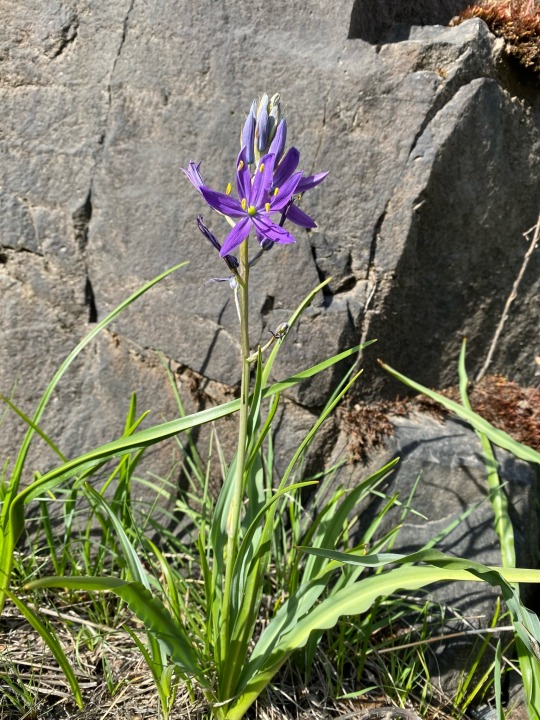

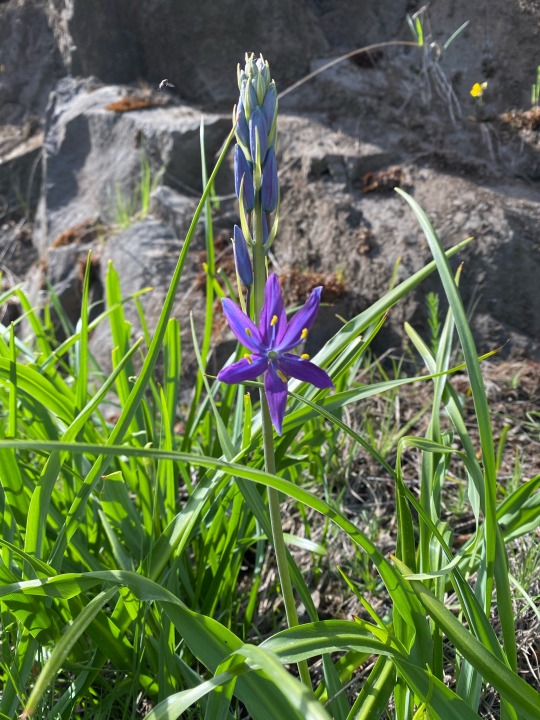
Camas...Camassia quamash...
89 notes
·
View notes
Text

Grandmother's garden
Sweet flowers to feed us all
Harvesting pleasure
.
Dig the ovens heat the rocks
Time to feast is upon us
.
33 notes
·
View notes
Photo




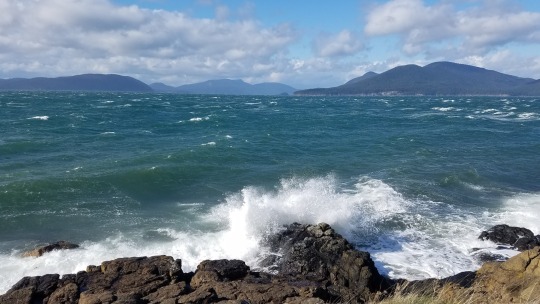
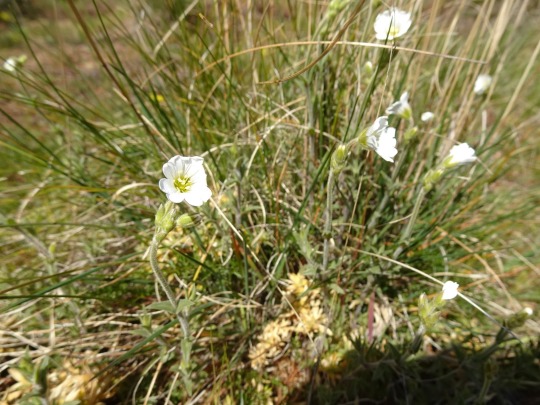
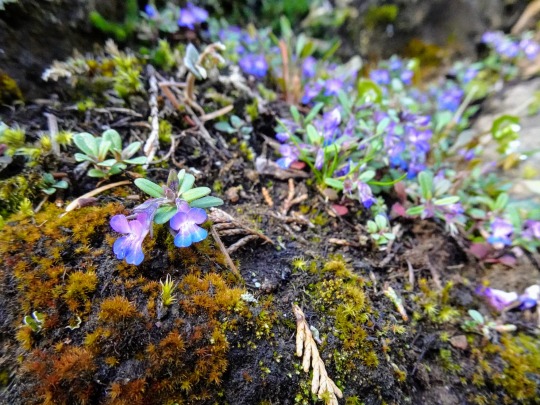
The wildflowers are spectacular this time of year at Washington Park near Anacortes, WA! The Samish Nation used to go here collect plants like common camas, Camassia quamash, and nodding onions, Allium cernuum. The hills used to be just purple with wildflowers, but misuse by Europeans, followed by modern tourist activity, compacted the soil and killed a lot of the wildflowers. I’m one of those modern tourists, but I tried to be careful and stay on the trail to protect the remaining flowers. Flowers pictured here are: Calypso bulbosa (calypso orchid), Ribes sanguineum (red flowering currant), Plectritis congesta and Lomatium utriculatum (sea blush and spring gold), Lithophragma parviflorum (small-flowered prairie star), Cerastium arvense (field chickweed), and Collinsia parviflora (small-flowered blue-eyed Molly).
#wildflowers#puget sound#anacortes#washington park#Samish Nation land#plants of washington state#botany
42 notes
·
View notes
Text
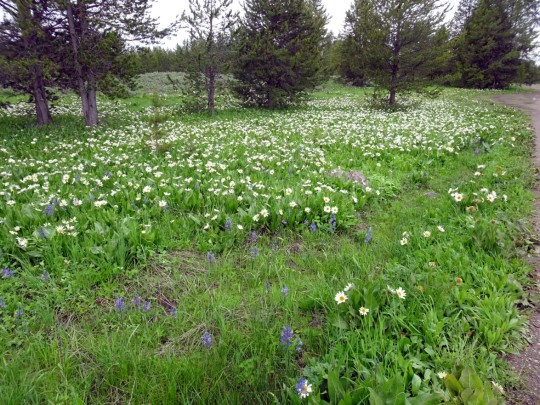
20230613 Mesa Falls area Idaho
White Mules Ear Wyethia Wyethia helianthoides
BLUE CAMAS Camassia quamash
1 note
·
View note
Text
Links for White Mist dog
White mist dog
Animals
Big Horn
https://www.youtube.com/watch?v=Ez7RUSCUhzk
Geography
Big Horn wyoming
https://en.wikipedia.org/wiki/Big_Horn,_Wyoming
Historical figures
Henry Atkinson
https://en.wikipedia.org/wiki/Henry_Atkinson_(soldier)
Joshua Pilcher
https://www.legendsofamerica.com/joshua-pilcher-trader-and-indian-agent/
https://en.wikipedia.org/wiki/Joshua_Pilcher
Philosophy
Hegel
https://plato.stanford.edu/entries/hegel/
Hobbs
Leviathan https://en.wikipedia.org/wiki/Leviathan_(Hobbes_book)
Leviathan https://www.bl.uk/collection-items/hobbess-leviathan
Kant
Critique of pure reason https://en.wikipedia.org/wiki/Critique_of_Pure_Reason
Plato
Allegory of the cave https://www.youtube.com/watch?v=SWlUKJIMge4&t=1s
Allegory of the cave https://en.wikipedia.org/wiki/Allegory_of_the_cave
Roussou
Confessions https://en.wikipedia.org/wiki/Confessions_(Rousseau)
Emile, https://en.wikipedia.org/wiki/Emile,_or_On_Education
The social contract https://en.wikipedia.org/wiki/The_Social_Contract
Discourse and inequality https://en.wikipedia.org/wiki/Discourse_on_Inequality
Noble Savage https://www.youtube.com/watch?v=AjxHCFA7-7U
Human nature vs culture https://www.youtube.com/watch?v=pawpkb5ff6E&t=1s
Political theory https://www.youtube.com/watch?v=81KfDXTTtXE
Shelling
The phenomenology of the mind https://www.britannica.com/topic/The-Phenomenology-of-Mind
Plants
Native Sunflowers for Conservation Use in Montana and Wyoming
https://www.nrcs.usda.gov/plantmaterials/mtpmctn12457.pdf
Chokecherry
https://www.wildflower.org/plants/result.php?id_plant=PRVI
https://en.wikipedia.org/wiki/Prunus_virginiana
Death Camas
https://csuvth.colostate.edu/poisonous_plants/Plants/Details/36
FORAGING FOR WILD GARLIC AND WILD ONIONS
https://www.mossyoak.com/our-obsession/blogs/closer-to-nature/foraging-for-wild-garlic-and-wild-onions
https://foraging.sycamore.garden/plants/edible-wild-onions-garlic
Prairie Turnip
https://dnr.wi.gov/topic/EndangeredResources/Plants.asp?mode=detail&SpecCode=PDFAB5L0B0
https://www.youtube.com/watch?v=DFBad7JV8Tc
James's Wild Potato (Solanum jamesii) Flowers - Ninja Gardening - Episode 47
https://www.youtube.com/watch?v=NhjQM1qkDEU&t=1s
Wild Potato
https://anps.org/2015/08/12/know-your-natives-wild-potato-vine/
https://cipotato.org/potato/wild-potato-species/
Pomme de terre
https://en.wikipedia.org/wiki/Pomme_de_Terre
Sacred Cedar
https://huuayaht.org/services/language-culture/sacred-cedar/
Service Berries
https://hortnews.extension.iastate.edu/faq/what-are-serviceberries
Sego Lily
https://historytogo.utah.gov/sego-lily/
https://plants.usda.gov/DocumentLibrary/plantguide/pdf/pg_canu3.pdf
Yampa
https://www.vespermeadow.org/blog/2021/1/25/native-food-plants-meet-the-plants-ii
https://galileo.org/kainai/yampa/
Wild Carrot
https://fieldguide.mt.gov/speciesDetail.aspx?elcode=PDAPI0X010
https://www.pollenlibrary.com/Local/Genus/Daucus/in/Teton%20County/WY/
Wyoming wild flowers
https://www.americansouthwest.net/plants/wildflowers/wyoming.shtml
https://uswildflowers.com/wfquery.php?State=WY
Tribes
Aeolian
https://en.wikipedia.org/wiki/Aeolian
Arikawa
https://www.legendsofamerica.com/na-arikarawar/
https://en.wikipedia.org/wiki/Arikara
Camassia Quamash
https://www.gardenia.net/plant/camassia-quamash-blue-melody
Kansas
https://www.kshs.org/kansapedia/kaws-or-kanzas-kansas/17371
Ioway
https://www.legendsofamerica.com/ia-ioway/
Lakota
https://en.wikipedia.org/wiki/Lakota_people
Omaha
https://en.wikipedia.org/wiki/Omaha_people
Omtribe
https://www.omtribe.org/
Osage
https://en.wikipedia.org/wiki/Osage_Nation
Pawnee
https://en.wikipedia.org/wiki/Pawnee_mythology
https://www.everyculture.com/North-America/Pawnee-Religion-and-Expressive-Culture.html
0 notes
Text
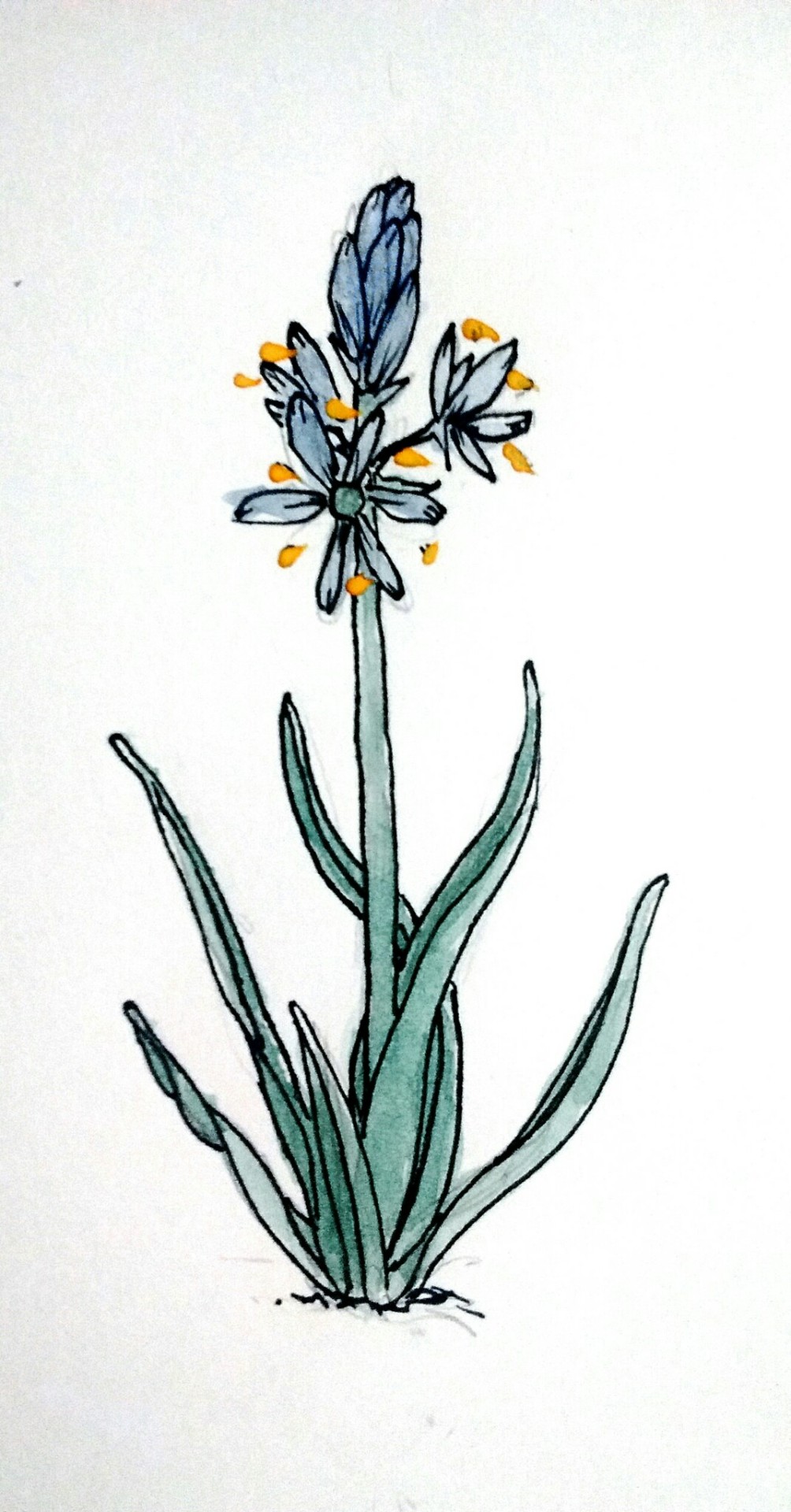
went off script again today because I simply vibe with drawing plants. anyway here's quamash/camas lily
16 notes
·
View notes